WATCH: Tech legacy at Gwayi-Shangani
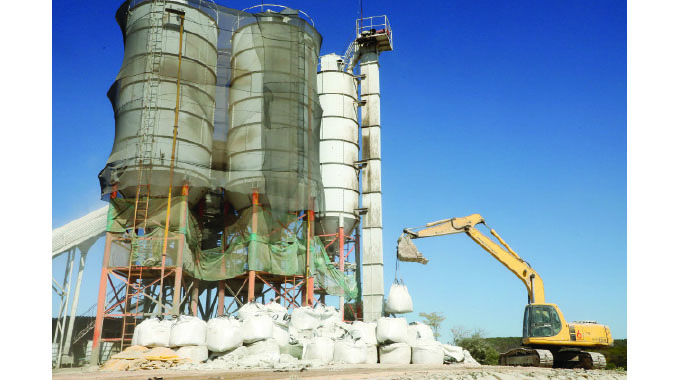
Nqobile Tshili, Chronicle Reporter
THE ongoing construction of the massive Lake Gwayi-Shangani in Hwange District, Matabeleland North Province, is set to leave a technology transfer legacy with the possibility of new industries being created at the dam site upon completion of the project.
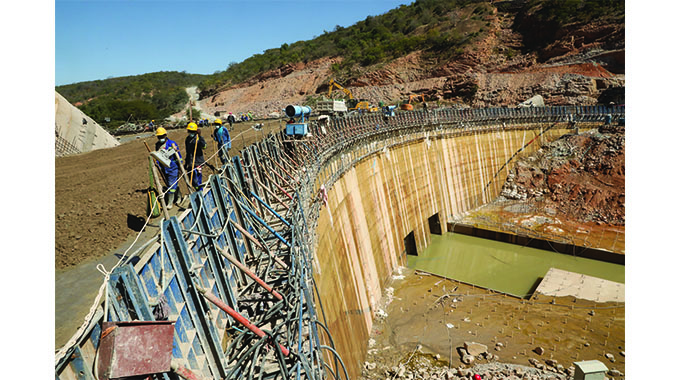
The Second Republic under President Mnangagwa has stepped up efforts to fulfil the century-old dream to permanently solve Bulawayo’s perennial water woes as well as transform lives in Matabeleland region.
A Chinese engineering company has been contracted to construct the strategic dam in the largely rural province.
Upon completion, Lake Gwayi-Shangani will address Bulawayo’s perennial water challenges by providing 450ML of water per day to Bulawayo residents, which is three times what the city requires.
A vast track of irrigable land covering 10 000 hectares along the Gwayi-Shangani-Bulawayo pipeline has since been identified.
The dam construction is expected to be completed next month and already teams are on ground excavating and laying the 235km Gwayi-Shangani-Bulawayo pipeline.

In January, Government increased the number of contractors from six to 11 to speed up completion of the massive project as the Second Republic walks the talk in the implementation of outstanding projects.
Each of the 11 contractors has 21km to do, with the civil works having created employment for locals.
The project commissioning is expected to be done before Christmas this year.
Construction of the Lake Gwayi-Shangani is among Government’s major priorities and is expected to be completed this year after missing last year’s deadline.
Government took over the project in 2012 and the Second Republic has committed considerable resources to it and others in line with aspirations of the National Development Strategy 1 (NDS1) towards Vision 2030.

Minister of State in the Office of the President and Cabinet in Charge of Monitoring of the Implementation of Agriculture Programmes Davis Marapira’s representative, chief director Mr Cephas Hodzi yesterday visited the site.
The Zimbabwe National Water Authority (Zinwa) site engineer Lucio Chayeruka took the minister’s delegation through various sections of the dam.
The Chinese contractors operating on site have created a workshop that manufactures steel pipes as opposed to outsourcing the material.
There is a likelihood that after the completion of the dam, the workshop will be transformed into a plant to manufacture steel products.

At the moment an automated system is being used to make the pipes.
A massive quarry plant has also been set up at the site.
“The outlet pipe is two metres in diameter and in a normal setup we would import that pipe from somewhere.
So, what is happening is that we import steel sheets that we roll into shape.
What we do is done by some companies, but they are not producing pipes of that size,” said Eng Chayeruka.
“They don’t have automated systems like this one.
It is the local guys who are operating the plant.”
He said they were also using waste from coal to reduce the quantities of cement that must be used for dam construction.

Eng Chayeruka also said the roll up compacted concrete that they are using is increasing the pace in which the dam wall is being constructed.
“It is the first dam of its kind in Zimbabwe in which we are using this technology which is popular in other countries.
The technology entails using concrete that is virtually dry and because its dry you can load it while it is fresh,” he said.
“We have trucks moving on fresh contracts, excavators moving on fresh contracts.
It even allows for fast construction and if everything is constant, we will be able to meet our deadlines.”
Mr Hodzi said technology transfer is important as the country requires advanced skills to become an upper middle-income economy by 2030.

“On the ground there is a lot that is happening in the workshop.
They are manufacturing some of the materials that we are going to use in constructing a power generation plant.
Instead of importing, they are making the material on site which is a plus,” he said.
“You look at the quarry which is being generated by the company, it’s already an industry that has been created.
It is something that is going to assist the local community.
So, there will be some industries that are going to be created post dam construction.”
Mr Hodzi said his ministry is more concerned with how the dam will trigger irrigation success and contribute to food security.
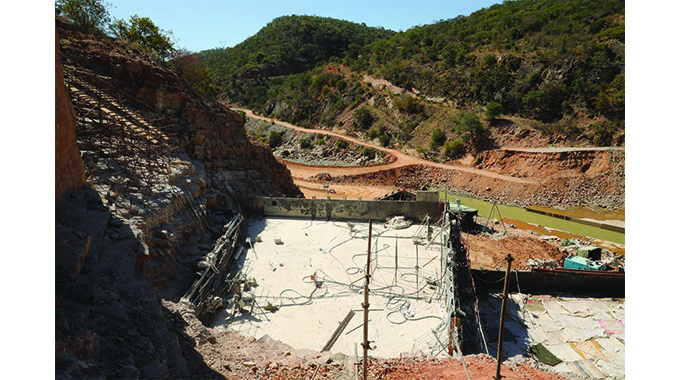
He said there is a need for Government to expedite releasing of funds so that the project is not further delayed.
“Our main thrust in Gwayi-Shangani is not about seeing the dam construction.
Our mandate is to check progress on the irrigation projects of the project because it falls within our mandate.
We can assess the irrigation side without checking the dam construction because there are some other issues that affect the irrigation development,” said Mr Hodzi.
“However, what we have discovered is that there are some challenges that could affect the completion of the construction.

There is the issue of release of resources and I think from our office we need to liaise with the Ministry of Finance and Economic Development to release enough resources so that the construction process is done within the set timeframes.”
Mr Hodzi said despite recurrent droughts, water bodies such as Lake Gwayi-Shangani would help boost food security through irrigation farming.
“Whether we have rains or not, we are going to produce enough for our people.
Even the Russian-Ukrainian war is another wakeup call for us as a country that we need to produce our own as opposed to relying on imports,” he said.
“This speaks directly to President Mnangagwa’s philosophy that nyika inovakwa nevene vayo/Ilizwe lakhiwa ngabaninilo.”
-@nqotshili

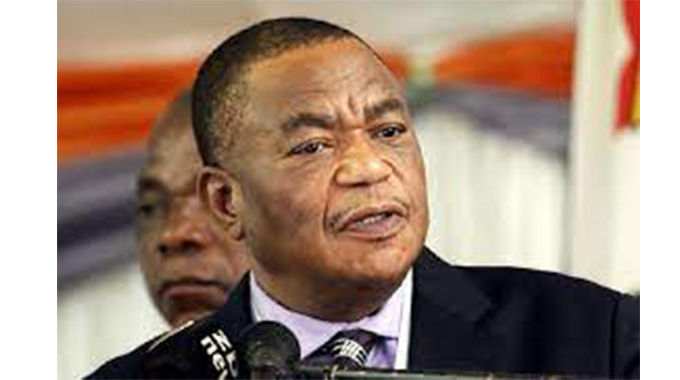
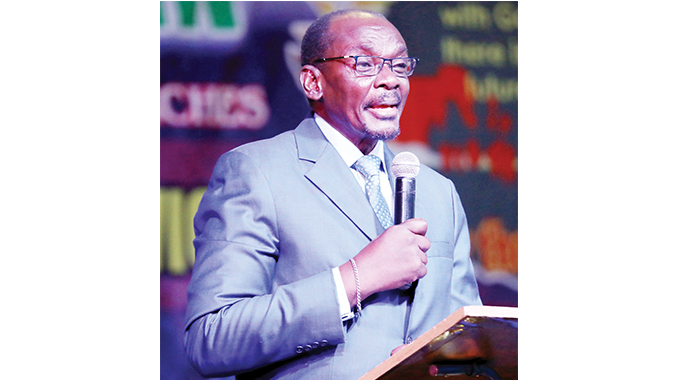
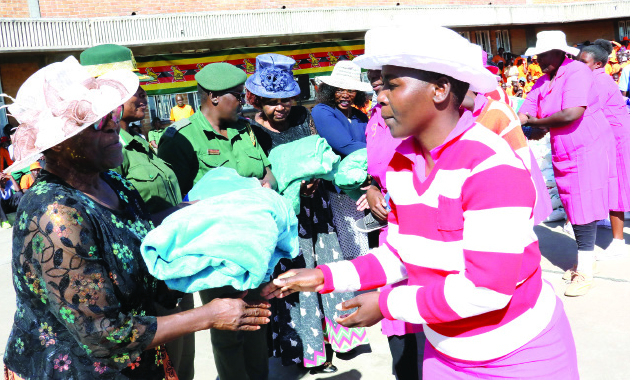







Comments